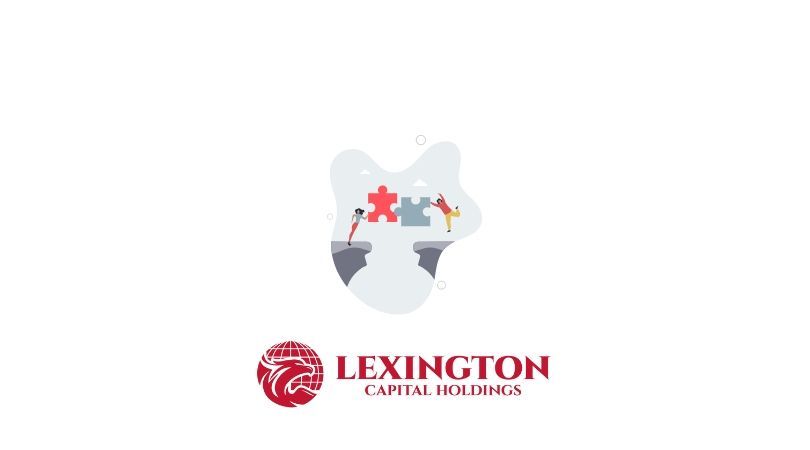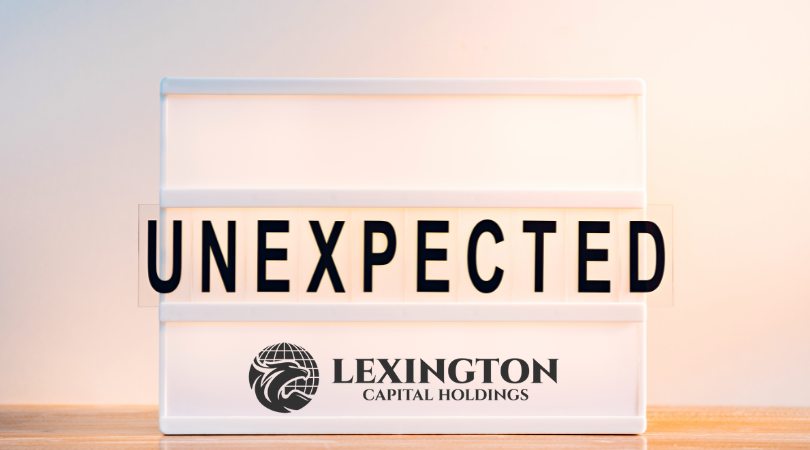Ghost Kitchens vs. Brick-and-Mortar: Choosing the Right Model for Your Restaurant
Ghost Kitchens vs. Brick-and-Mortar: Choosing the Right Model for Your Restaurant
The restaurant industry is evolving rapidly, and one of the hottest trends is the rise of ghost kitchens. These delivery-only facilities offer a lower-cost alternative to traditional brick-and-mortar restaurants, but are they the right fit for everyone? Let's delve into the pros and cons of both models to help you decide which one aligns best with your vision and goals.
Ghost Kitchens: The Agile and Efficient Option
Pros: Lower overhead: No need for expensive rent, furniture, or front-of-house staff, leading to significant cost savings. Faster scalability: Easily launch new virtual brands or expand existing ones without the complexities of opening new locations. Flexibility: Experiment with different cuisines and menus with minimal risk and adjust offerings based on data-driven insights. Prime locations: Often situated in high-demand delivery zones, maximizing reach and potential customers.
Cons: Limited brand identity: Lack of physical presence can hinder brand building and customer connection. Marketing challenges: Relying solely on online platforms requires strong digital marketing strategies. Delivery dependence: Success hinges on efficient delivery partnerships and customer satisfaction with delivery experience. Competition: Saturated market with high competition for online visibility and customer loyalty.
Brick-and-Mortar: The Traditional Experience
Pros: Stronger brand identity: Physical space allows for unique décor, ambiance, and customer interaction, fostering brand loyalty. Direct control over experience: Manage all aspects of the dining experience, from service to atmosphere. Multiple revenue streams: Generate income through dine-in, takeout, and potentially catering or events. Community engagement: Build relationships with local customers and become part of the community fabric.
Cons: Higher overhead: Rent, staff, utilities, and ongoing maintenance expenses can be significant. Location dependence: Success heavily relies on foot traffic and local demographics. Less flexible: Scaling up or changing concepts requires significant investment and time. Competition: Face competition from other restaurants and delivery platforms in your area.
The Right Choice Depends on Your Goals:
Ultimately, the best model depends on your specific goals, budget, and target audience.
If you're a starting entrepreneur with limited resources and want to experiment with new concepts quickly, a ghost kitchen might be ideal.
If you prioritize building a strong brand identity, controlling the dining experience, and fostering community connections, a brick-and-mortar restaurant could be the better fit.
Hybrid Approach:
Some restaurateurs are exploring a hybrid approach, using ghost kitchens to test new concepts and expand delivery reach while maintaining a physical space for brand experience and loyal customers.
Remember, there's no one-size-fits-all solution. Carefully consider your priorities and resources before deciding which model will help you achieve your culinary dreams.
Additional Tips:
Research the ghost kitchen market in your area.
Talk to other restaurateurs who have experience with both models.
Develop a solid business plan and financial projections for each option.
Consider seeking professional advice from consultants or advisors.
By making an informed decision and leveraging the strengths of your chosen model, you can set your restaurant up for success in this dynamic and evolving industry.

When you apply for business funding, your application goes through a critical stage—underwriting. This is where lenders evaluate risk and determine whether your business qualifies for financing, and under what terms. Understanding what underwriters look for can help you strengthen your application, avoid delays, and increase your approval odds.

Not every business enjoys a steady stream of income. For many companies—especially those in seasonal industries, contracting, or project-based work—revenue can shift dramatically from month to month. These ups and downs are normal, but they can make managing cash flow, payroll, and operating expenses challenging. At Lexington Capital Holdings, we understand that fluctuating revenue doesn’t mean instability—it just means you need the right financial tools to stay balanced and grow confidently.

The Challenge of Hyper-Growth For many startups, growth isn’t the problem—it’s managing it. Rapid scaling demands capital for hiring, marketing, technology, and operations. But too often, founders find themselves cash-strapped right when they need resources the most. Choosing the right financing strategy can be the difference between sustainable growth and burning out too soon.

When it comes to business financing, the terms you secure are just as important as the funding itself. Lower interest rates, flexible repayment schedules, and higher approval amounts can mean the difference between simply surviving and setting your business up to thrive. The good news? Business owners often have more negotiating power than they realize. At Lexington Capital Holdings, we’ve seen firsthand how preparation and strategy can help secure stronger terms. Here’s how you can do the same:

For many businesses, waiting on customer payments can feel like standing still when you’re ready to move forward. Delayed invoices, extended payment terms, or slow collections create cash flow gaps that make it harder to cover expenses, pay employees, or seize new opportunities. The truth is—even successful, profitable companies face this challenge. The key isn’t avoiding it, but managing it strategically with the right funding solutions

Securing business funding is a milestone—but the real impact comes from how you put that capital to work. Every dollar borrowed should fuel momentum, strengthen operations, and generate measurable returns. Unfortunately, too many businesses stop at “getting approved” and miss the chance to maximize their return on investment (ROI). At Lexington Capital Holdings, we believe funding isn’t just about access to capital—it’s about creating opportunity. Here’s how to ensure your financing delivers the highest ROI:

In today’s fast-paced business environment, standing out from the competition requires more than just great products and services—it takes strategy, timing, and smart financial decisions. One of the most overlooked tools in building and maintaining a competitive advantage is business financing. When leveraged correctly, financing doesn’t just help you “get by”; it can actually position your business to outpace competitors and capture new opportunities.

In business, surprises aren’t a matter of if—they’re a matter of when. Whether it’s a sudden equipment breakdown, an unexpected dip in sales, or a market shift that requires quick adaptation, unforeseen expenses can test even the most successful companies. The difference between thriving and struggling often comes down to how well you’ve prepared.

When most business owners hear the word debt, it sparks feelings of stress or risk. But here’s the truth—debt isn’t always a bad thing. In fact, when managed strategically, debt can become one of the most powerful tools to grow, stabilize, and scale your business. At Lexington Capital Holdings, we work with business owners every day who are navigating this very question: Is taking on debt the right move for me? Let’s break down the difference between “good” and “bad” debt so you can make informed financial decisions.

In today’s business world, financing options are everywhere—but choosing the right path can feel overwhelming. From traditional bank loans to alternative lending solutions, the fine print and fast-changing requirements often leave business owners spending more time deciphering funding terms than actually running their businesses. That’s where the value of a dedicated funding advisor truly shines. At Lexington Capital Holdings, we’ve seen firsthand how personalized guidance can transform the funding experience for business owners of all sizes.

